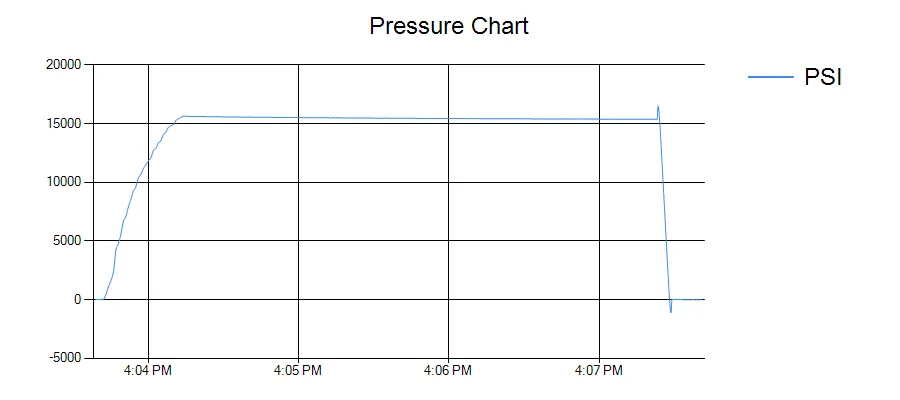请原谅我的无知,因为我最近才开始使用C#。我有一个关于Windows图表控件的问题,因为我遇到了一个非常愚蠢的问题。
我编写了一个程序,其中包含一些报告,其中包括漂亮的Windows图表来表示某些数据。但是,我还将这些图表保存为文件以供各种用途使用,只需使用以下内容即可:
chart2.SaveImage(savefilename, ChartImageFormat.Png);
我的第一个问题在于,我不确定如何在未保存之前提高分辨率,而不是先增加图表控件的大小。最好有一张质量合理的图像。
第二个问题是,当我增加图表控件的大小时,可用的操作似乎只能增加实际图表的大小,而不能增加标签或文本的大小。如果我可以手动更改所有这些,那就不是问题了,这就是我为条形图所做的,但是有一行我无法弄粗:饼图上的标签线。我在下面的图像中画了一个箭头: 当图表增加到合理的分辨率时,由于没有增加到适当的相对大小,这条线几乎是看不见的。我觉得应该有一种方法可以改变它,但是找不到是什么。请原谅我的无知。如果这两个问题中的任何一个能够解决,那么我就可以放心地知道这些饼图看起来不错了。谢谢!
我编写了一个程序,其中包含一些报告,其中包括漂亮的Windows图表来表示某些数据。但是,我还将这些图表保存为文件以供各种用途使用,只需使用以下内容即可:
chart2.SaveImage(savefilename, ChartImageFormat.Png);
我的第一个问题在于,我不确定如何在未保存之前提高分辨率,而不是先增加图表控件的大小。最好有一张质量合理的图像。
第二个问题是,当我增加图表控件的大小时,可用的操作似乎只能增加实际图表的大小,而不能增加标签或文本的大小。如果我可以手动更改所有这些,那就不是问题了,这就是我为条形图所做的,但是有一行我无法弄粗:饼图上的标签线。我在下面的图像中画了一个箭头: 当图表增加到合理的分辨率时,由于没有增加到适当的相对大小,这条线几乎是看不见的。我觉得应该有一种方法可以改变它,但是找不到是什么。请原谅我的无知。如果这两个问题中的任何一个能够解决,那么我就可以放心地知道这些饼图看起来不错了。谢谢!
